Letter from Japan: we chart the nation's new architecture projects
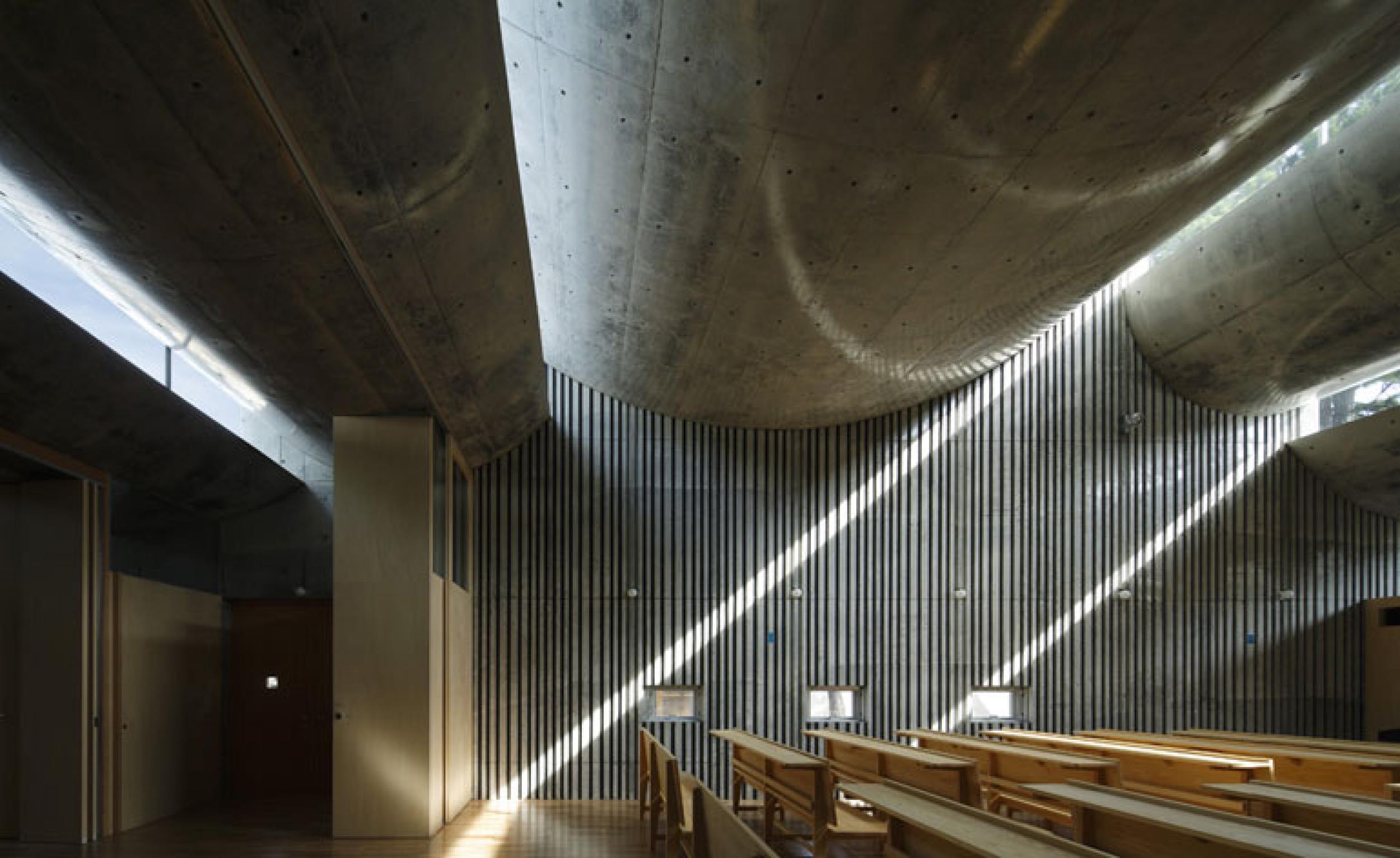
The ’smallness’ defining many a contemporary Japanese building might overseas be a much-loved characteristic of the country’s architecture; it is often however the result of necessity and circumstances, rather than choice, for many Japanese architects.
Because of their scale, resources and years of experience, it is perhaps inevitable that large construction firms are often the ones benefiting from the bigger national projects in the country, making larger commissions less common for the small boutique studios. And with few open competitions in the country, the bread-and-butter of the independent architect depends very much on slightly smaller private commissions such as regional municipality work, retail, hospitality, interiors and of course single-family houses (which more often than not, have to be, because of the major cities’ density, small-scale).
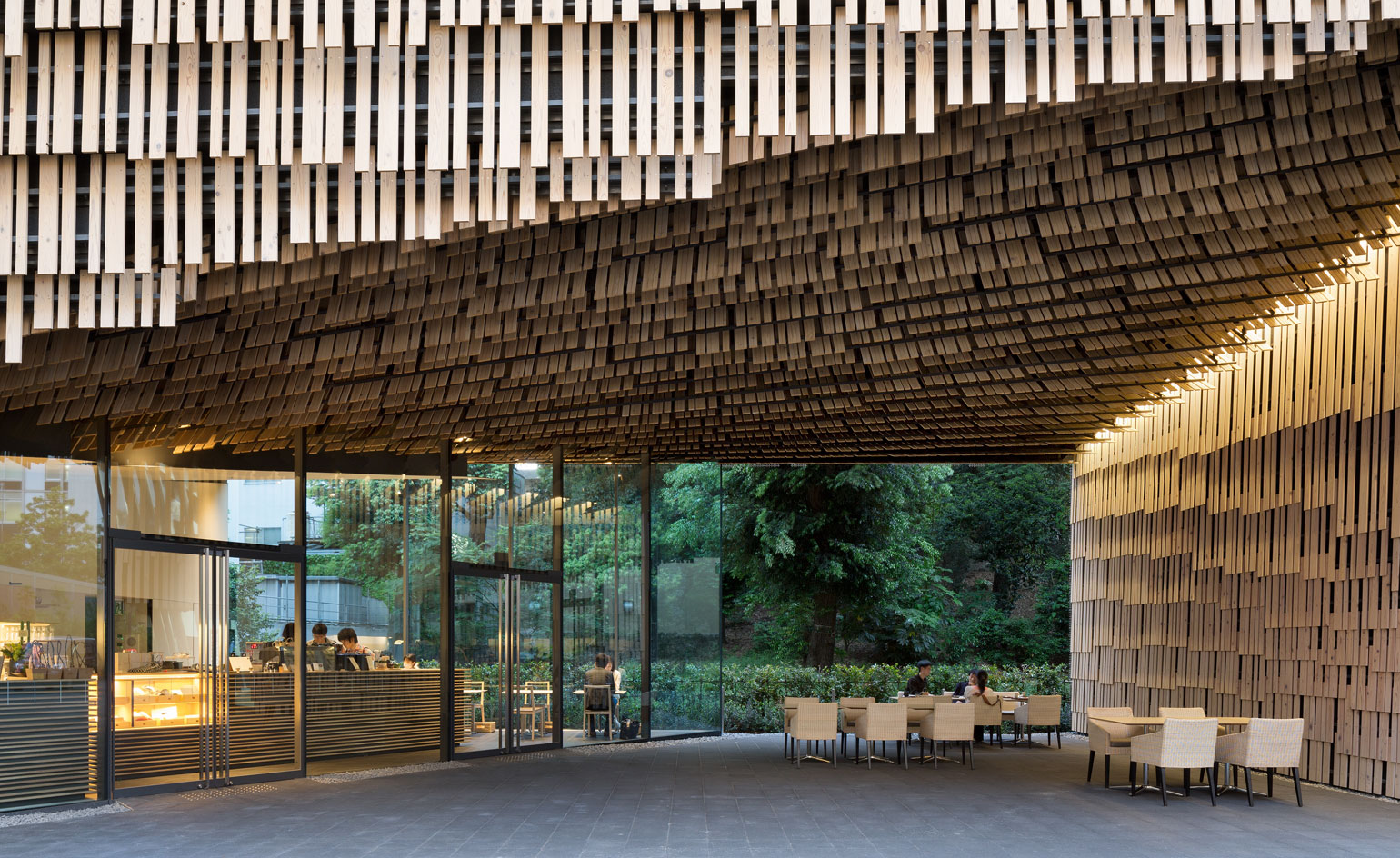
See the architecture projects reshaping Japan
At the same time, the aftermath of the Tohoku earthquake and tsunami in 2011 incited a wealth of new proposals from architects eager to contribute to society on a larger scale. Not all efforts have resulted in a large-scale public commission, and many of those who felt obliged to help in the country’s reconstruction have put their efforts back into private commissions.
From the country’s strengthened architectural enthusiasm, a number of new projects have been emerging across Japan, managing to not merely fulfil their brief, but brighten up their immediate environment. A new generation of smaller and medium scale high profile buildings (take for example, Kengo Kuma’s research building for the University of Tokyo) and public spaces (such as the Roof and Mushrooms pavilion in Kyoto by Ryue Nishizawa and Nendo) are being born all around the country.
Here, we present a few examples of the most recent contemporary Japanese architecture.
Receive our daily digest of inspiration, escapism and design stories from around the world direct to your inbox.
-
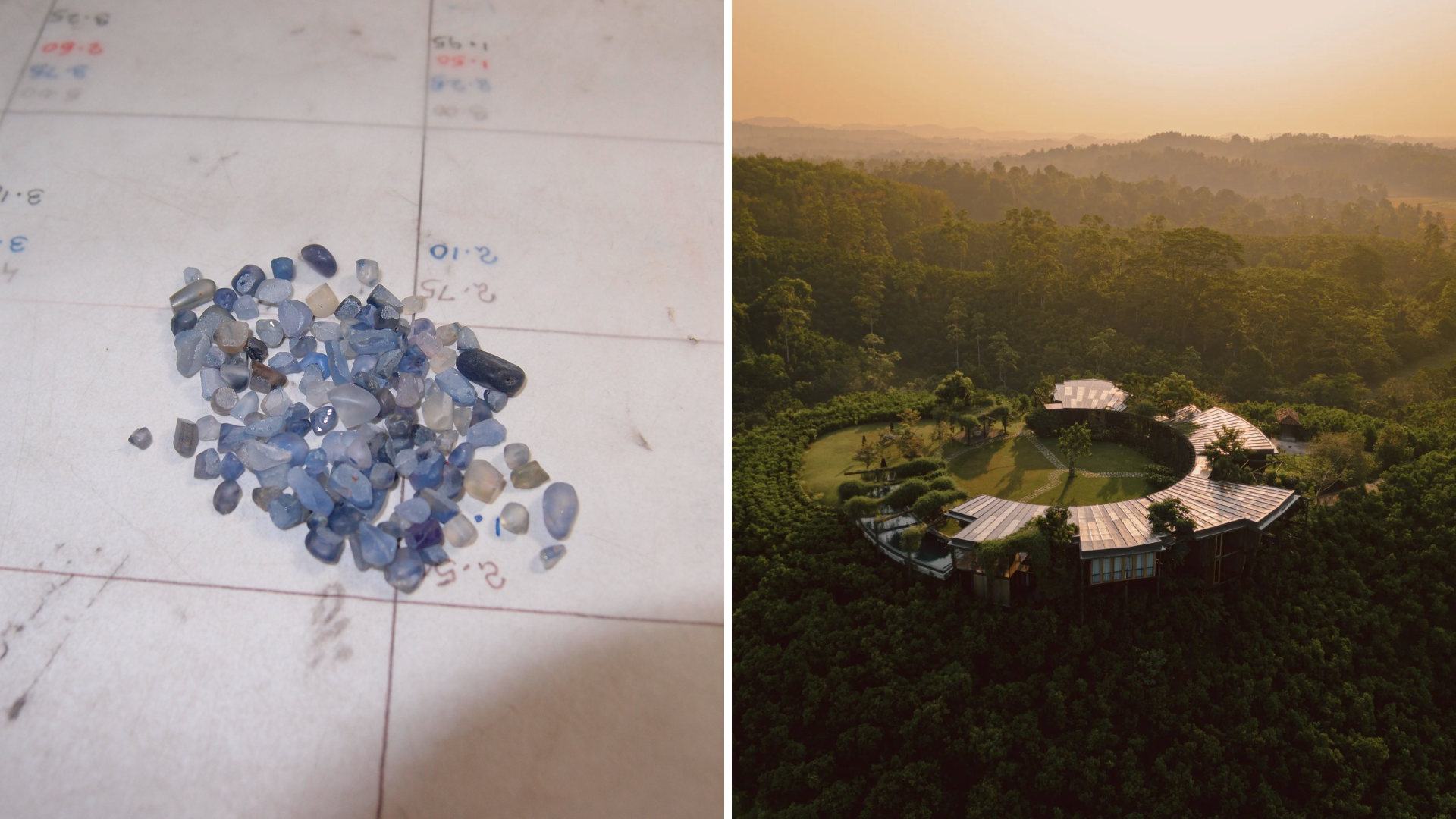 Love jewellery? Now you can book a holiday to source rare gemstones
Love jewellery? Now you can book a holiday to source rare gemstonesHardy & Diamond, Gemstone Journeys debuts in Sri Lanka in April 2026, granting travellers access to the island’s artisanal gemstone mines, as well as the opportunity to source their perfect stone
-
 The rising style stars of 2026: Connor McKnight is creating a wardrobe of quiet beauty
The rising style stars of 2026: Connor McKnight is creating a wardrobe of quiet beautyAs part of the January 2026 Next Generation issue of Wallpaper*, we meet fashion’s next generation. Terming his aesthetic the ‘Black mundane’, Brooklyn-based designer Connor McKnight is elevating the everyday
-
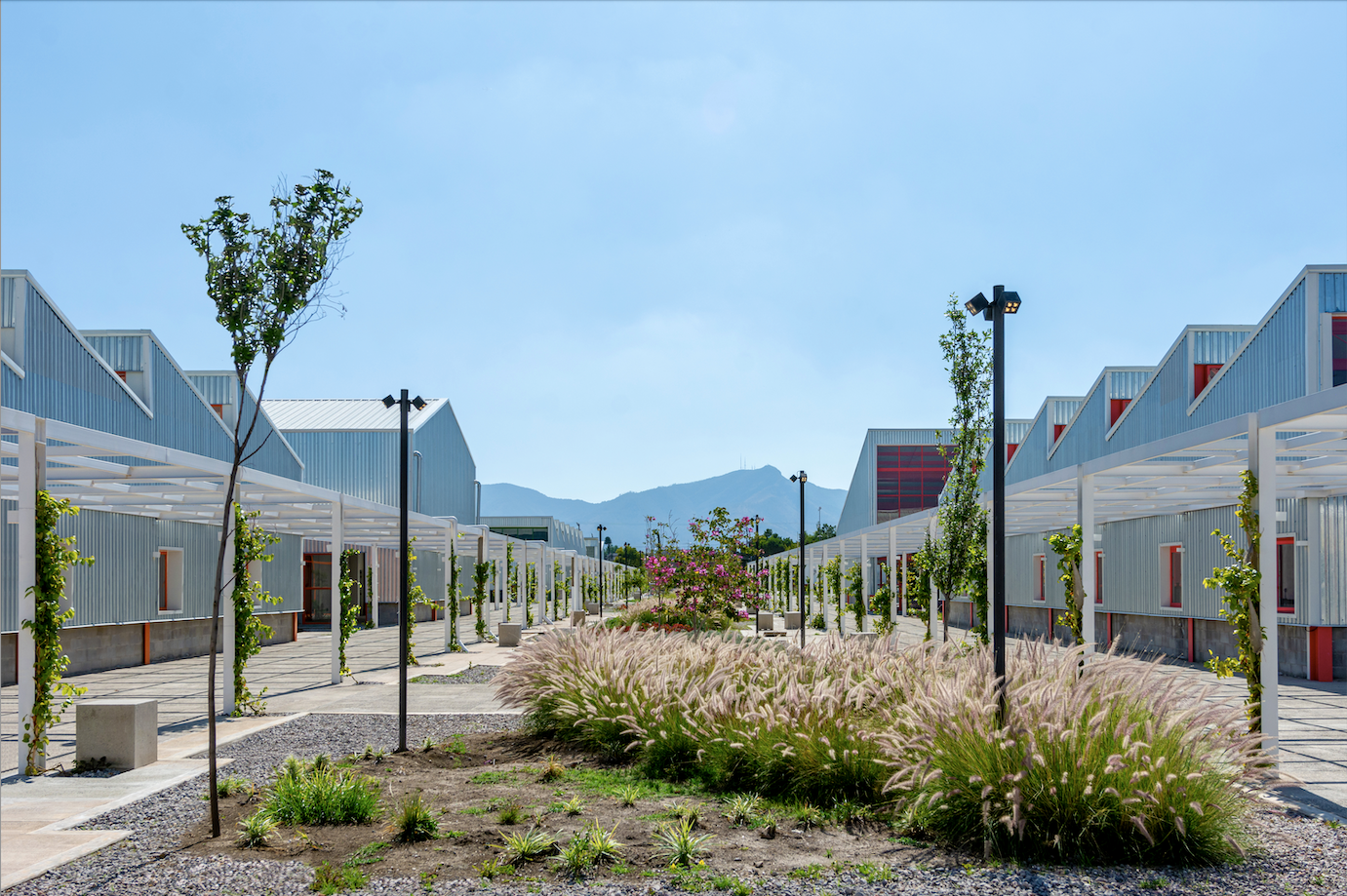 Mexico's Office of Urban Resilience creates projects that cities can learn from
Mexico's Office of Urban Resilience creates projects that cities can learn fromAt Office of Urban Resilience, the team believes that ‘architecture should be more than designing objects. It can be a tool for generating knowledge’
-
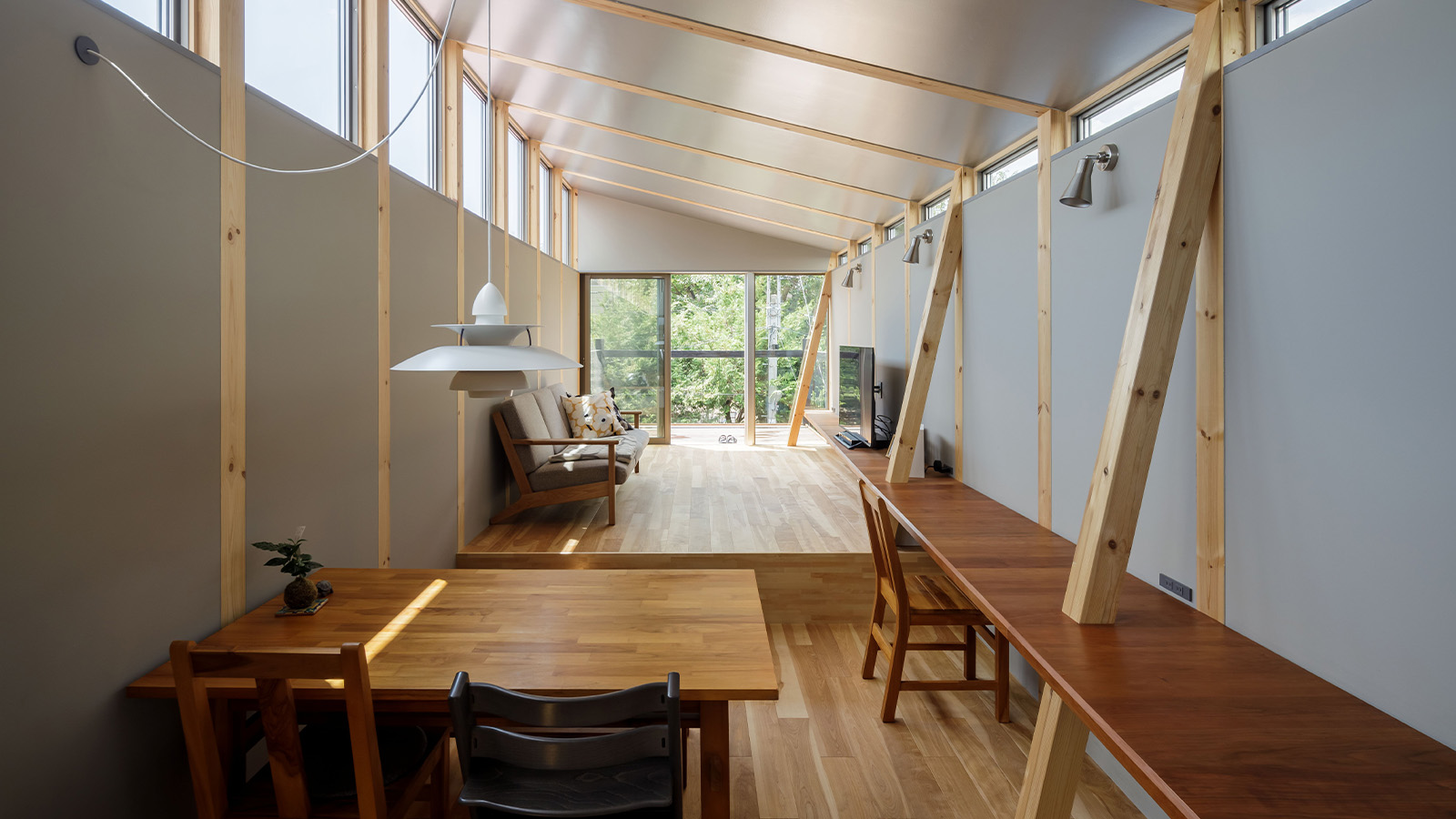 This Fukasawa house is a contemporary take on the traditional wooden architecture of Japan
This Fukasawa house is a contemporary take on the traditional wooden architecture of JapanDesigned by MIDW, a house nestled in the south-west Tokyo district features contrasting spaces united by the calming rhythm of structural timber beams
-
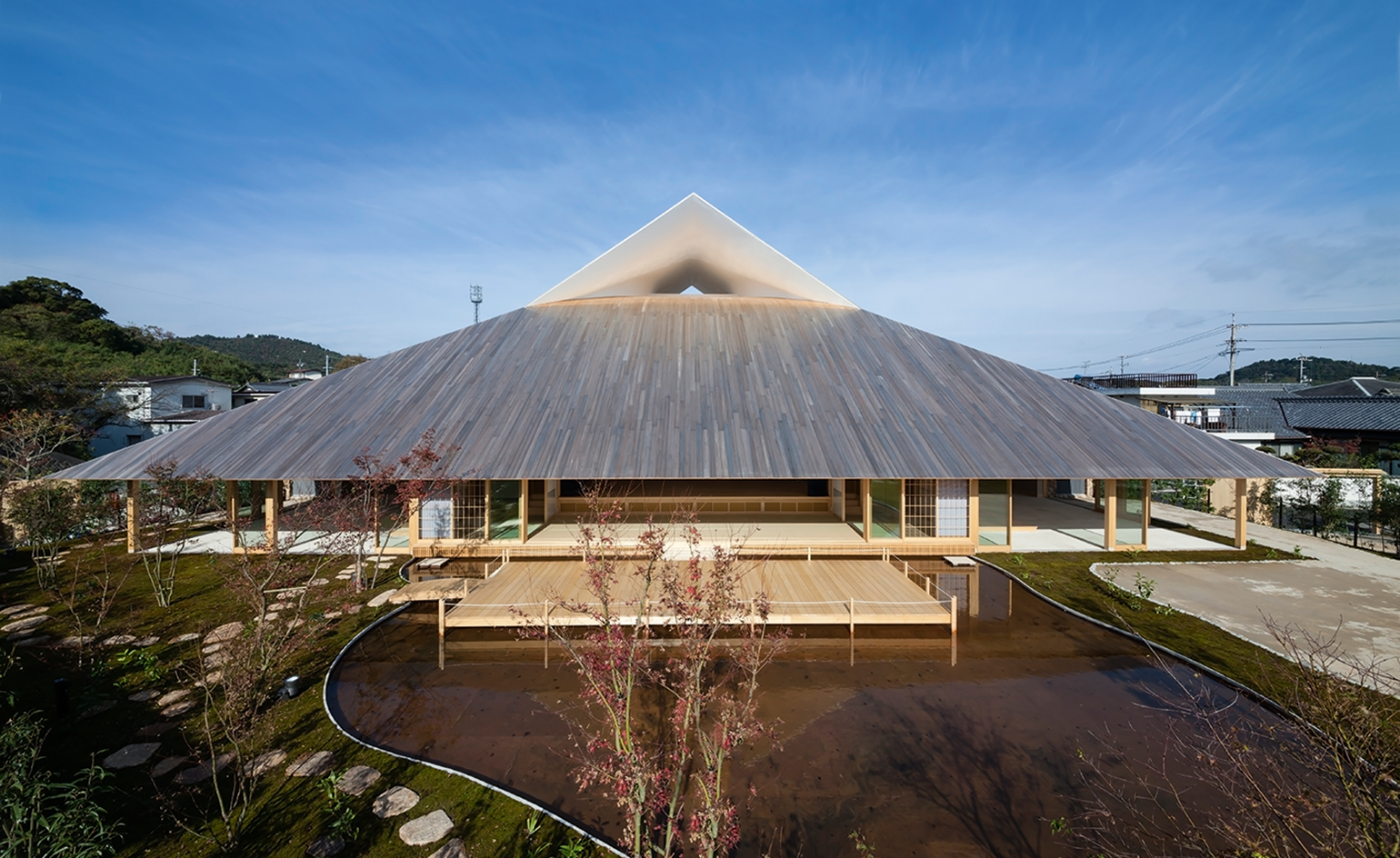 Take a tour of the 'architectural kingdom' of Japan
Take a tour of the 'architectural kingdom' of JapanJapan's Seto Inland Sea offers some of the finest architecture in the country – we tour its rich selection of contemporary buildings by some of the industry's biggest names
-
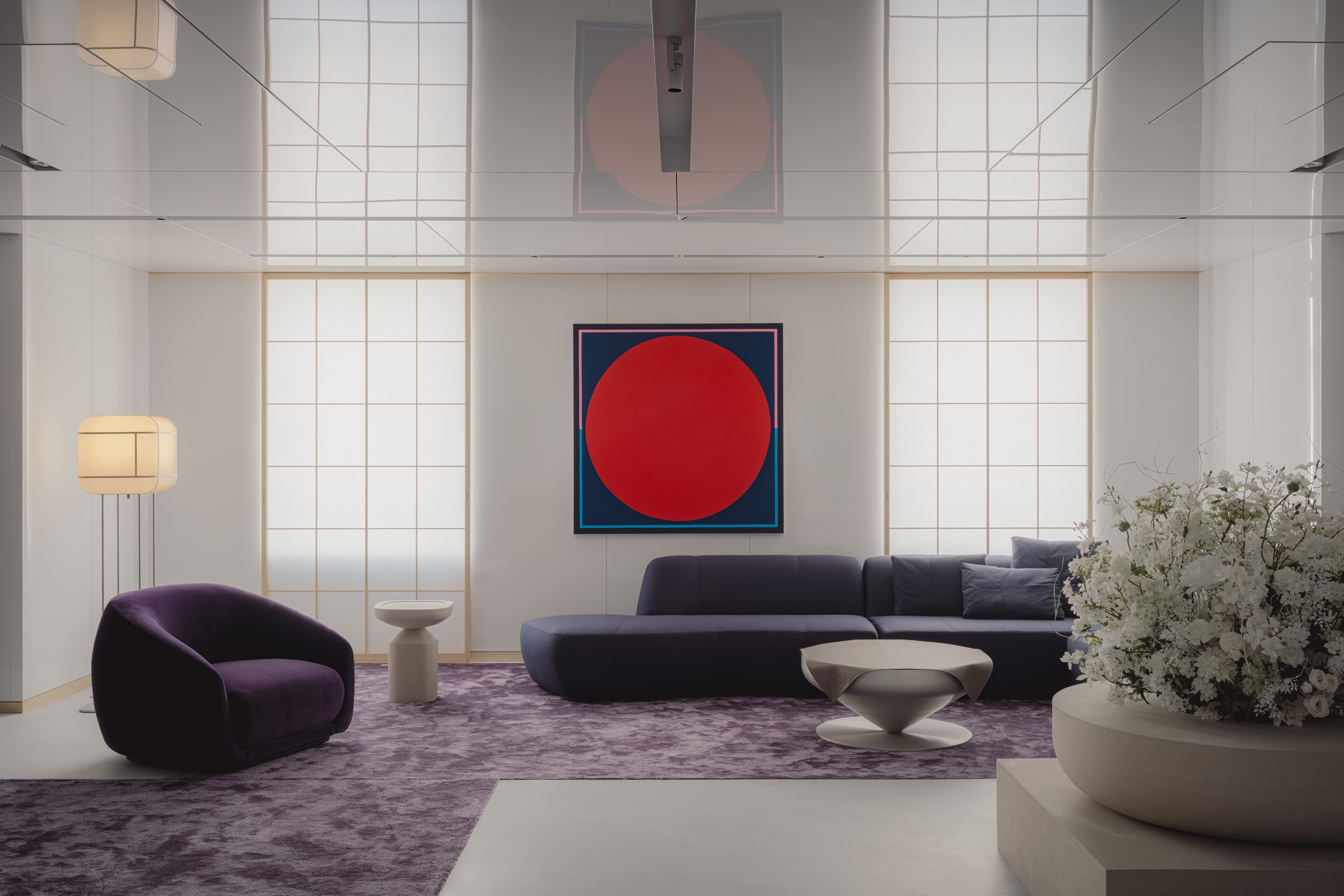 Matsuya Ginza lounge is a glossy haven at Tokyo’s century-old department store
Matsuya Ginza lounge is a glossy haven at Tokyo’s century-old department storeA new VIP lounge inside Tokyo’s Matsuya Ginza department store, designed by I-IN, balances modernity and elegance
-
 The Architecture Edit: Wallpaper’s houses of the month
The Architecture Edit: Wallpaper’s houses of the monthThis September, Wallpaper highlighted a striking mix of architecture – from iconic modernist homes newly up for sale to the dramatic transformation of a crumbling Scottish cottage. These are the projects that caught our eye
-
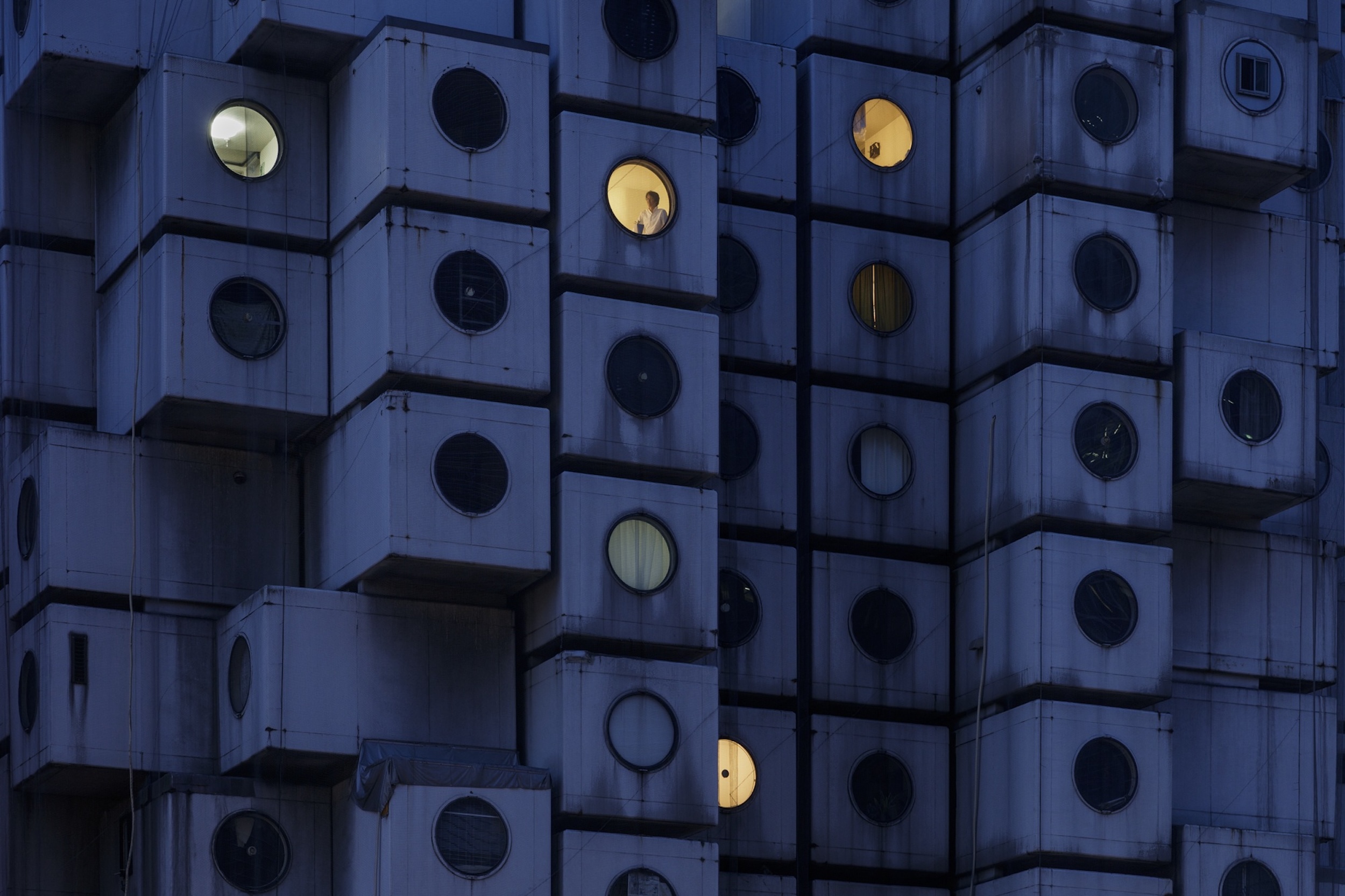 Utopian, modular, futuristic: was Japanese Metabolism architecture's raddest movement?
Utopian, modular, futuristic: was Japanese Metabolism architecture's raddest movement?We take a deep dive into Japanese Metabolism, the pioneering and relatively short-lived 20th-century architecture movement with a worldwide impact; explore our ultimate guide
-
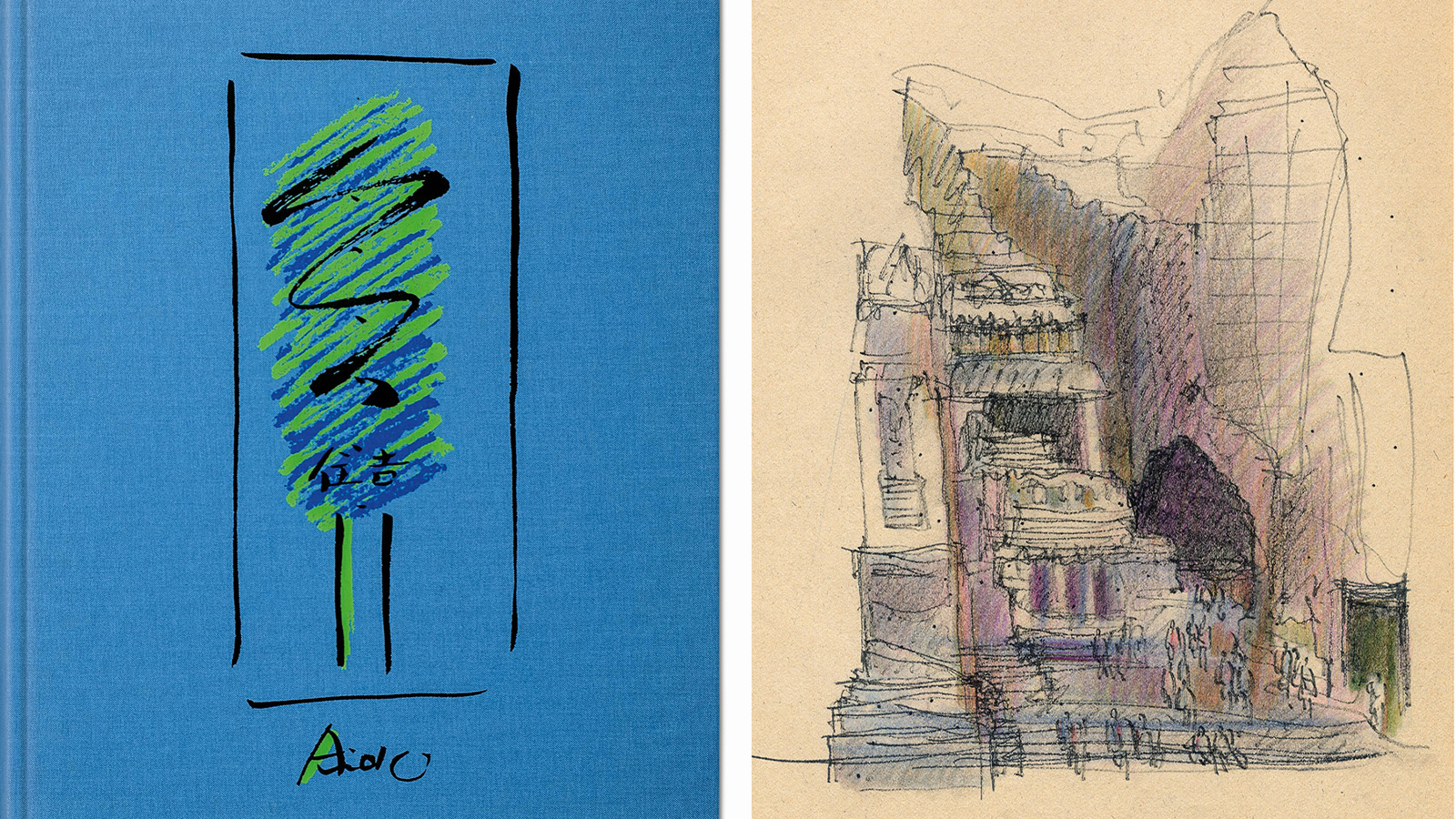 A new Tadao Ando monograph unveils the creative process guiding the architect's practice
A new Tadao Ando monograph unveils the creative process guiding the architect's practiceNew monograph ‘Tadao Ando. Sketches, Drawings, and Architecture’ by Taschen charts decades of creative work by the Japanese modernist master
-
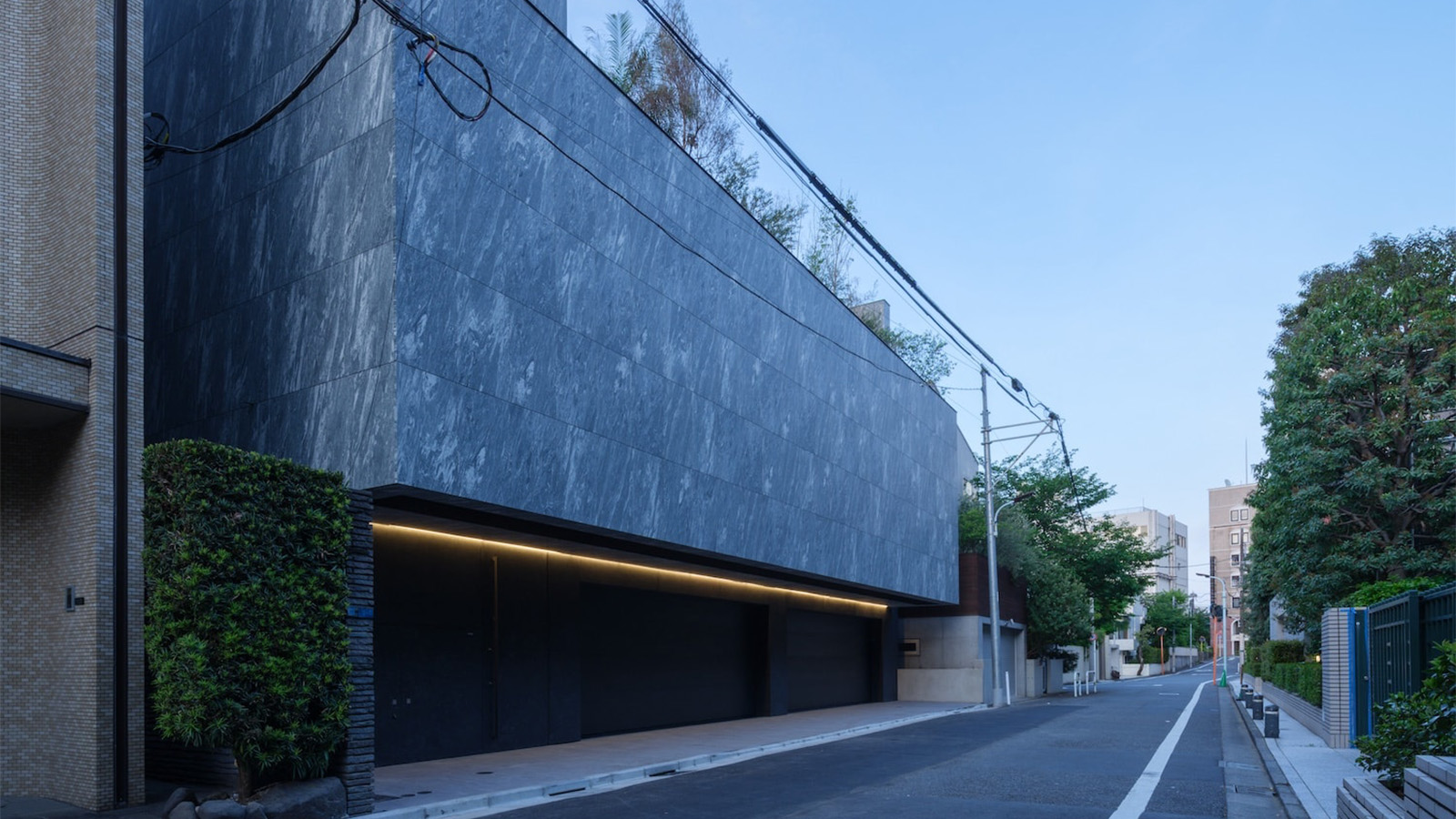 A Tokyo home’s mysterious, brutalist façade hides a secret urban retreat
A Tokyo home’s mysterious, brutalist façade hides a secret urban retreatDesigned by Apollo Architects, Tokyo home Stealth House evokes the feeling of a secluded resort, packaged up neatly into a private residence
-
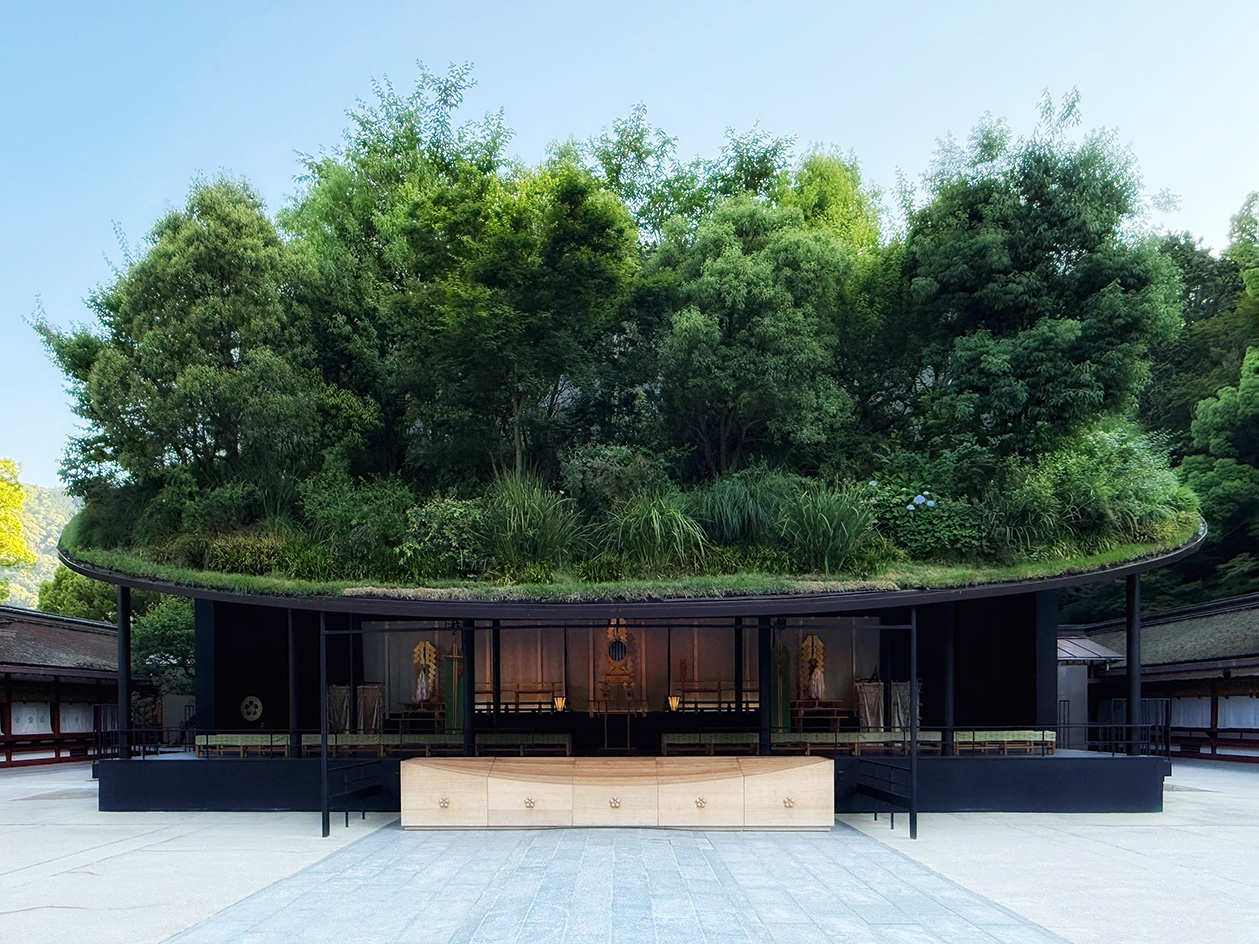 Landscape architect Taichi Saito: ‘I hope to create gentle landscapes that allow people’s hearts to feel at ease’
Landscape architect Taichi Saito: ‘I hope to create gentle landscapes that allow people’s hearts to feel at ease’We meet Taichi Saito and his 'gentle' landscapes, as the Japanese designer discusses his desire for a 'deep and meaningful' connection between humans and the natural world